Traditional Chinese Medicine

What is Traditional Chinese Medicine (TCM)?
Traditional Chinese Medicine (TCM) is an ancestral medical system that has its roots in Chinese antiquity, and in particular in the Taoist current from which its main concepts are derived: Yin and Yang (symbol of the bipolarity of things), Wuxing (5 movements or elements: Earth, Metal, Water, Wood, Fire). Stemming from a tradition that situates man in the macrocosm and the microcosm, between heaven and earth, the analysis of clinical signs leads to the search for the cause of the disease and to its treatment, in addition to treating the resulting symptoms. Thus it also intervenes to prevent the imbalances that cause health problems. Chinese medicine seeks to understand the human being as a whole, in his or her environment, at a given time, both in terms of visible and invisible symptoms, and to restore the internal balance, the circulation of blood and energy (called Qi) in the body. The practice of Chinese medicine is based on a set of tools chosen according to the particularities of each patient.
_____________________
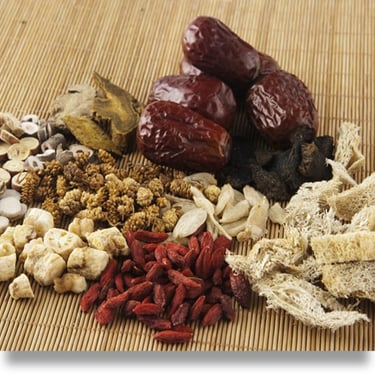

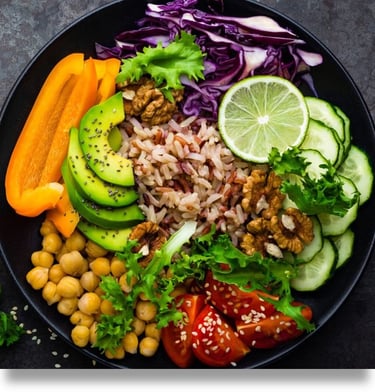

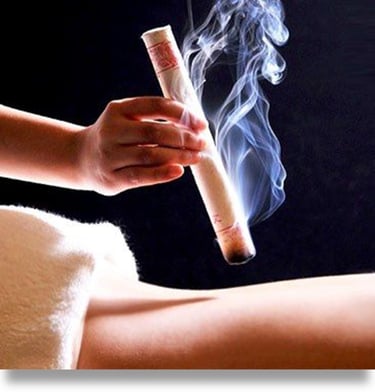

The tools of TCM
_______
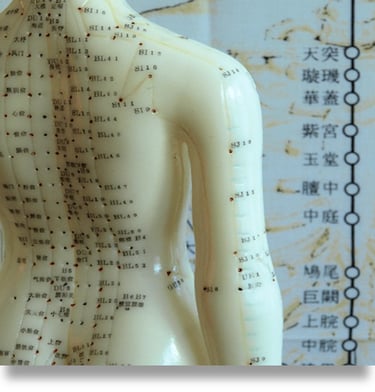


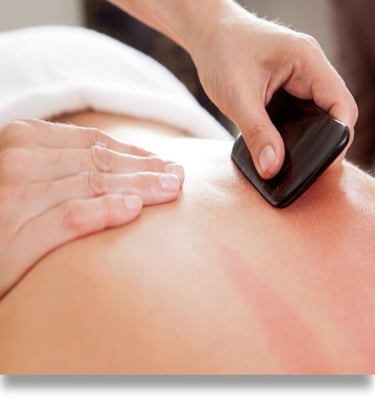

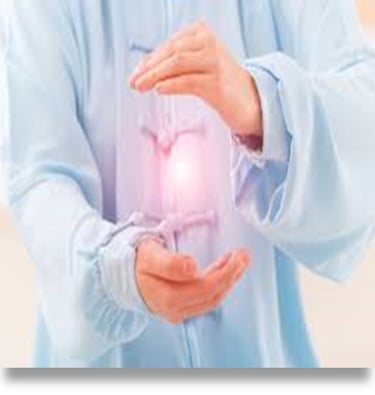
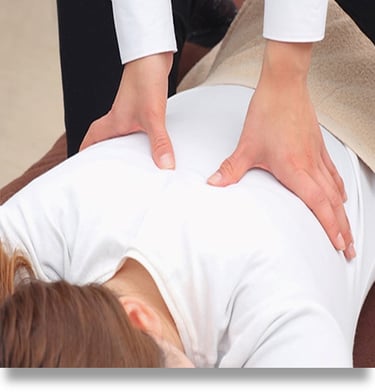


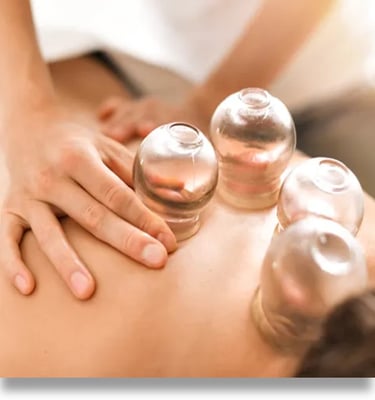
Acupuncture points
According to the theory of Chinese medicine, our body is traversed by meridians, the pathways through which the vital energy (Qi) circulates, linking all the organs and systems of the body. The stimulation of specific points, the acupuncture points, located along these meridians allows the regulation of the circulation of the qi but also the targeted physiological, organic and psychic functions. This stimulation can be done with fine needles, laser (AcuLaser), or acupressure.
______________


The Pharmacopoeia
The Chinese pharmacopoeia uses whole or crushed plants in decoction or concentrated powders, certain minerals and animal substances, all classified according to their nature and flavour. Generally, several plants are used at the same time to form a formula. The plants are chosen and adapted specifically according to the consultant and the imbalance to be treated.
___________


Tui Na Massage
Tui Na massage is a Chinese manual practice that includes several techniques of pressure, oscillation, friction, percussion, kneading and manipulation on specific points, meridians or large areas of the body. The choice of techniques depends on the area, the imbalance and the constitution of each individual. This tool is mainly applied to muscles, joints and skeleton. This technique helps to release tension, to give back mobility to the joints, it relieves the body, allows the circulation of qi and blood.
___________


Moxibustion
Moxibustion is the application of heat for therapeutic purposes. It heats or tones the body by burning mugwort leaves on, around, or over specific points, or along a meridian or area of the body. Rolled into balls, shaped into cones, or purchased in small or long rolls, moxa can be used on the skin or on a support depending on the desired result.


__________
Cupping
Cupping has been used since ancient times throughout the world. Cupping involves creating congestion in the skin by suction, to dilate the pores and superficial blood vessels. Cupping regulates the flow of Qi and Blood. They help to suck out and eliminate external pathogenic factors such as Wind, Cold, Humidity and Heat. The type of suction cup (sliding, static, lighted, ...) and the time of application varies according to the result to be achieved. Darker or lighter marks may appear after a session; they are harmless and generally disappear after a week.


_________
Le Gua Sha
Gua Sha is a tool whose practice consists in the voluntary realization of a congestion on the surface of the skin. Obtained by repeated rubbing of the skin, hyperthermia on the skin makes it possible to move and bring to the surface the pathological congestion that was blocked deep down. Gua Sha is very much used in cases of stagnation and therefore pain (headaches, muscle pain, etc.). Red or purple marks may appear, they are harmless and generally disappear after a few days.
________


Dietetics
Chinese dietetics is both one of the five therapeutic tools of Chinese medicine and an important part of life maintenance. It consists of both eating the right way to maintain health through food and treating diseases through food, i.e. regulating and maintaining the body with food to maintain health and prevent disease. I sometimes advise my patients on dietary matters to extend the session and improve the achievement of the desired goals.
_________


Qi Gong
Qi gong is a discipline aimed at mastering the vital energy, or Qi. It trains concentration and strengthens the control of the body through a variety of gestures, holding still postures, stretching, slow movements and visualisation. Its objective is to achieve physical and mental harmony to maintain health.
_________


The Traditional Chinese Medicine consultation begins with an energy assessment which takes place in four stages: questioning, observation of the tongue, the body, the posture, etc., auscultation and palpation, in particular taking the pulse. All this information allows us to evaluate the imbalances at the time of the consultation as well as the person's terrain. This assessment then allows us to establish a principle of treatment and to choose one or more tools to be used. A Chinese medicine consultation usually lasts between 45 and 90 minutes, the first session being usually the longest.
Consultation
______
Price List
First visit (or appointment more than 2 months after last visit) 60 euros
Follow-up visit 50 euros